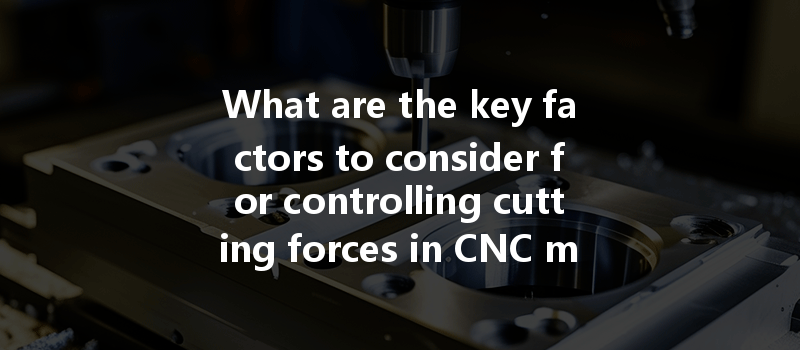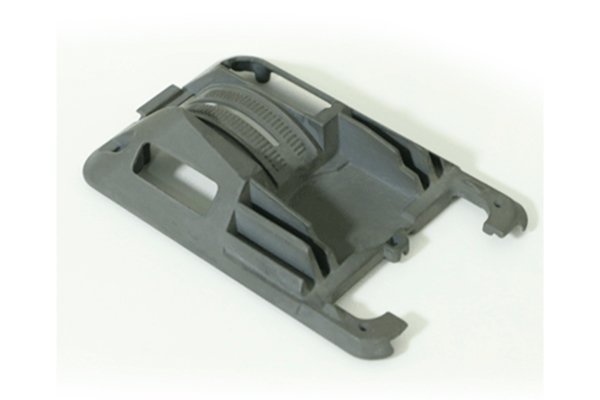Opening:
Did you know that nearly 30% of tool failures in CNC machining can be attributed to uncontrolled cutting forces? This staggering statistic illustrates the critical importance of managing these forces not only for prolonging tool life but also for ensuring precision and quality in manufactured parts. Effective management of cutting forces can mean the difference between a successful machining operation and costly downtime, making it a vital topic for manufacturers and machine operators alike. In this comprehensive guide, we will dive deep into understanding these forces and explore detailed strategies to control them, ultimately safeguarding your tools and enhancing production efficiency.
—
Understanding Cutting Forces in CNC Machining
Before we delve into strategies for controlling cutting forces, it’s essential to understand what they are and how they impact CNC machining.
What are Cutting Forces?
Cutting forces are the forces experienced by the cutting tool during the machining process. These forces arise due to the interaction between the tool and the material being machined, resulting in shearing, thrust, and radial forces. The three primary types of forces in CNC machining are:
Why is Controlling Cutting Forces Important?
Uncontrolled cutting forces can lead to significant issues:
How to Control Cutting Forces in CNC Machining
Now that we’ve established the importance of managing cutting forces, let’s explore detailed strategies to effectively control them.
The primary strategy for controlling cutting forces lies in selecting the right cutting parameters. This includes:
Example:
For aluminum machining, a cutting speed of 500-1200 SFM (surface feet per minute) with a feed rate of 0.003-0.006 inches per tooth often yields a good balance of efficiency and tool longevity.

Investing in high-quality tooling technology can dramatically affect the management of cutting forces. Key considerations include:
The way your workpiece is held greatly affects cutting forces. Poor workholding can lead to vibrations and tool chatter, increasing the risk of tool damage. To improve workholding effectiveness:
Modern CNC machines come equipped with features that can help manage cutting forces:
Continuous monitoring of the machining process allows for timely adjustments before tool damage occurs. Consider these methods:
A well-maintained machine is less likely to produce erratic cutting forces. Key strategies include:
—
Controlling cutting forces in CNC machining is paramount for sustaining tool integrity, ensuring part quality, and maximizing production efficiency. The strategies outlined in this comprehensive guide—from optimizing cutting parameters to leveraging advanced tooling technology—provide a holistic approach to addressing the issues caused by excessive cutting forces.
As technology continues to evolve, staying informed about the latest advancements in CNC machining and implementing them effectively can lead to significant improvements in operational performance. This blog not only equips you with practical strategies but also underscores the importance of proactive force management in achieving manufacturing excellence. Embracing these practices will be crucial as the industry moves towards more efficient, precise, and cost-effective machining solutions.






